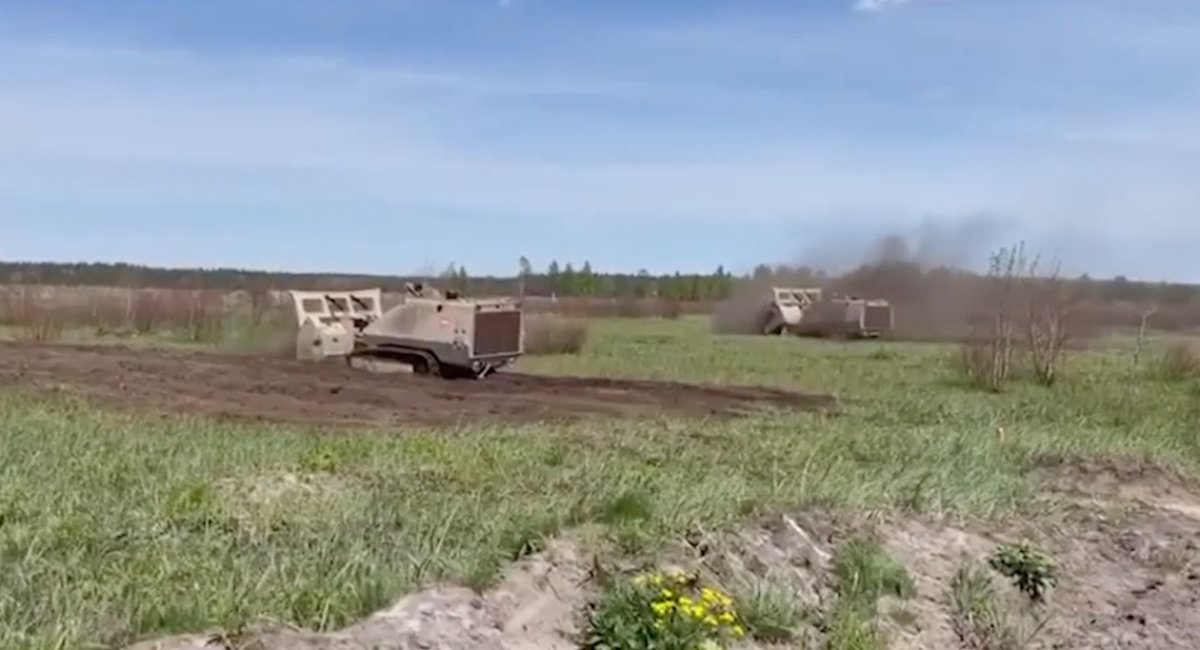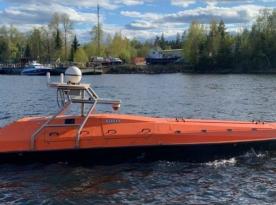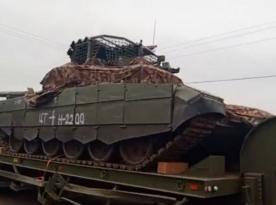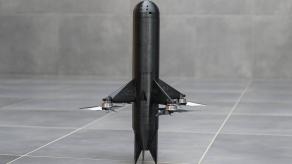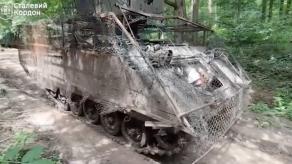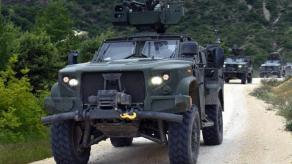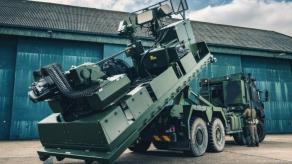Sappers of the 47th Engineering Brigade have begun deploying the GCS-200 remotely controlled mine-clearing vehicles across recently liberated areas in the east of Ukraine, dramatically speeding up demining operations and reducing risk to personnel.
The GCS-200 platforms, mastered by the Brigade's engineer units, can operate autonomously for up to 15 hours per mission. Equipped with mechanical flails and explosive-neutralization tools, each vehicle destroys buried ordnance and prepares the ground for reconstruction. Operators remain at a safe distance, while on-site sappers monitor terrain conditions and guide the vehicles through complex environments.
Read more: How Gyurza APC Proves Itself in Combat: Surviving Landmines, Drones, and Bullets
"In one day, single GCS-200 vehicle can clear as much as 12,000 square meters of land. This not only safeguards returning civilians but also paves the way for rapid restoration of infrastructure and normal life," the Brigade reported.
Since their introduction, the GCS-200 vehicles have significantly bolstered the Brigade's capacity to render liberated villages and fields safe. Their endurance and precision enable continuous work on uneven, contaminated terrain, where manual demining would be slow and hazardous. The collaborative efforts of engineers and sappers ensure that technical expertise is paired with real-time assessment, maximizing both efficiency and safety.
As demining remains a critical step in Ukraine's recovery, the success of the GCS-200 units underscores the importance of modern engineering solutions in rehabilitation.
Read more: The Visliuk System: New Ukrainian Robot Can Tow SUVs, Lay Mines, and Move Troop Gear




